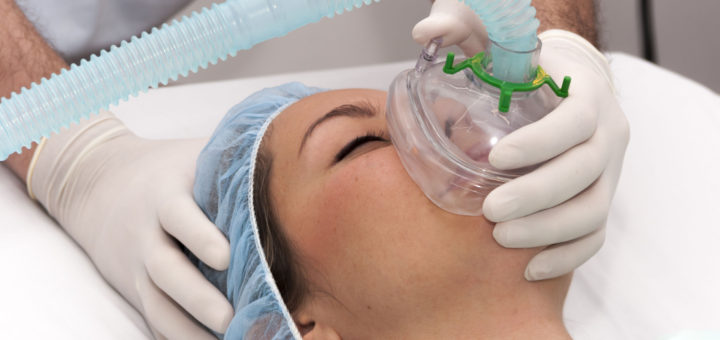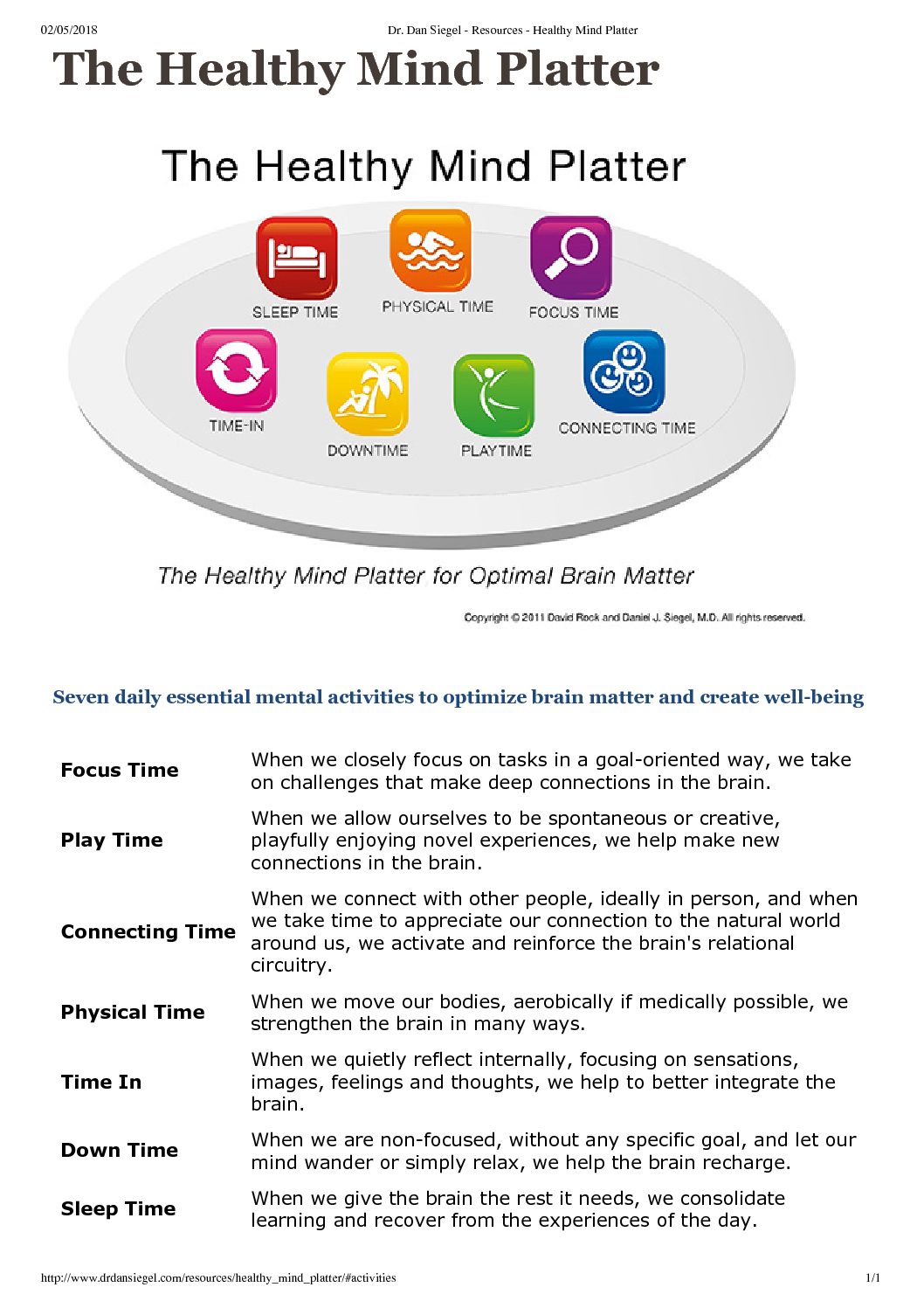What is a General Anaesthetic and How Do They Know I’m ‘Asleep’?

What is a general anaesthetic?
In order to have surgery performed, it’s common to have a general anaesthetic. Millions of general anaesthetics are performed safely every year around the world. Anaesthesia literally means “without sensation”. Despite being such a common occurrence, medical science doesn’t understand exactly how anaesthesia works. Actually, this isn’t surprising given we don’t fully understand what consciousness is either.
Anaesthetist, Dr Adam Harmon explains that general anaesthesia refers to the process of rendering you deeply unconscious so that you don’t feel or respond to anything. It is different from sleep. This reduced state of consciousness is brought on and maintained by delivering drugs to your body either with volatile gases which you breathe in or through a drip into your veins.
Due to the lower level of consciousness you often can’t maintain your own airway, so a tube is commonly placed in your mouth to be sure that you continue to breathe safely. Sometimes, depending on the surgery, you will also receive medicine that paralyses your muscles from moving. In this instance, a machine also breathes for you by ventilating your lungs.
Consciousness is a spectrum. It ranges from being fully awake to lightly sedated (calm but remembering most things) to deep sedation (seldom remembering anything) and finally general anaesthesia. The depth of anaesthesia can be tailored according to the nature of the procedure.
Why do I need to fast before an anaesthetic?
Having an empty stomach before being anaesthetised helps to prevent stomach contents from being regurgitated into the lungs.
Who puts me to ‘sleep’?
In Australia, a highly trained doctor known as an anaesthetist puts you ‘to sleep’ with the assistance of a dedicated anaesthetic nurse or technician.
How do they know I’m ‘asleep’? Is it possible to be aware while having an anaesthetic?
It is possible to be aware during a general anaesthetic but it is very rare.
While you are under anaesthesia your vital signs are constantly monitored to make sure you are ‘asleep’ and not feeling any pain. There is continuous monitoring of the electrical activity in your heart, the amount of oxygen in your blood, your pulse rate, and blood pressure. Sometimes a device is used to monitor your brain waves while ‘asleep’, giving the doctor more detailed information about your level of unconsciousness.
The anaesthetist can adjust many parameters such as the concentration of air and gas in your lungs, administer medication to alter your blood pressure or heart rate, make your muscles paralysed or reverse paralysis, adjust how deeply unconscious you are and manage any pain.
How do I wake up from an anaesthetic?
After your surgery is completed the anaesthetist reduces the dose of medications keeping you ‘asleep’ so that you gradually wake up. Once awake enough to safely breathe on your own, you’re taken to the ‘recovery’ area. In recovery, a nurse will monitor you to ensure you’re sufficiently alert and pain-free to go home or to the ward if staying in hospital.
What is the difference between a local anaesthetic and general anaesthetic?
A local anaesthetic is an injection that prevents the transmission of nerve impulses by blocking sodium channels. In other words, it makes you numb and prevents you experiencing pain just in the location of the injection. You may have had a local anaesthetic at the dentist for a tooth extraction or at the GP while having a skin cancer removed or laceration repaired.
Sometimes local anaesthetics are used for a ‘regional block’. This means the anaesthetic is injected into an area that causes a whole region of your body to become numb. The most common example would be a ‘epidural’ or ‘spinal’ anaesthetic used during childbirth or caesarian section.
How do they control pain from my surgery?
While deeply anaesthetised you do not feel pain. Medication like morphine is also used to reduce pain and keep you comfortable as you wake up. Sometimes the surgeon or anaesthetist uses a local anaesthetic to make the surgical area numb so that you can’t feel pain when you wake.















